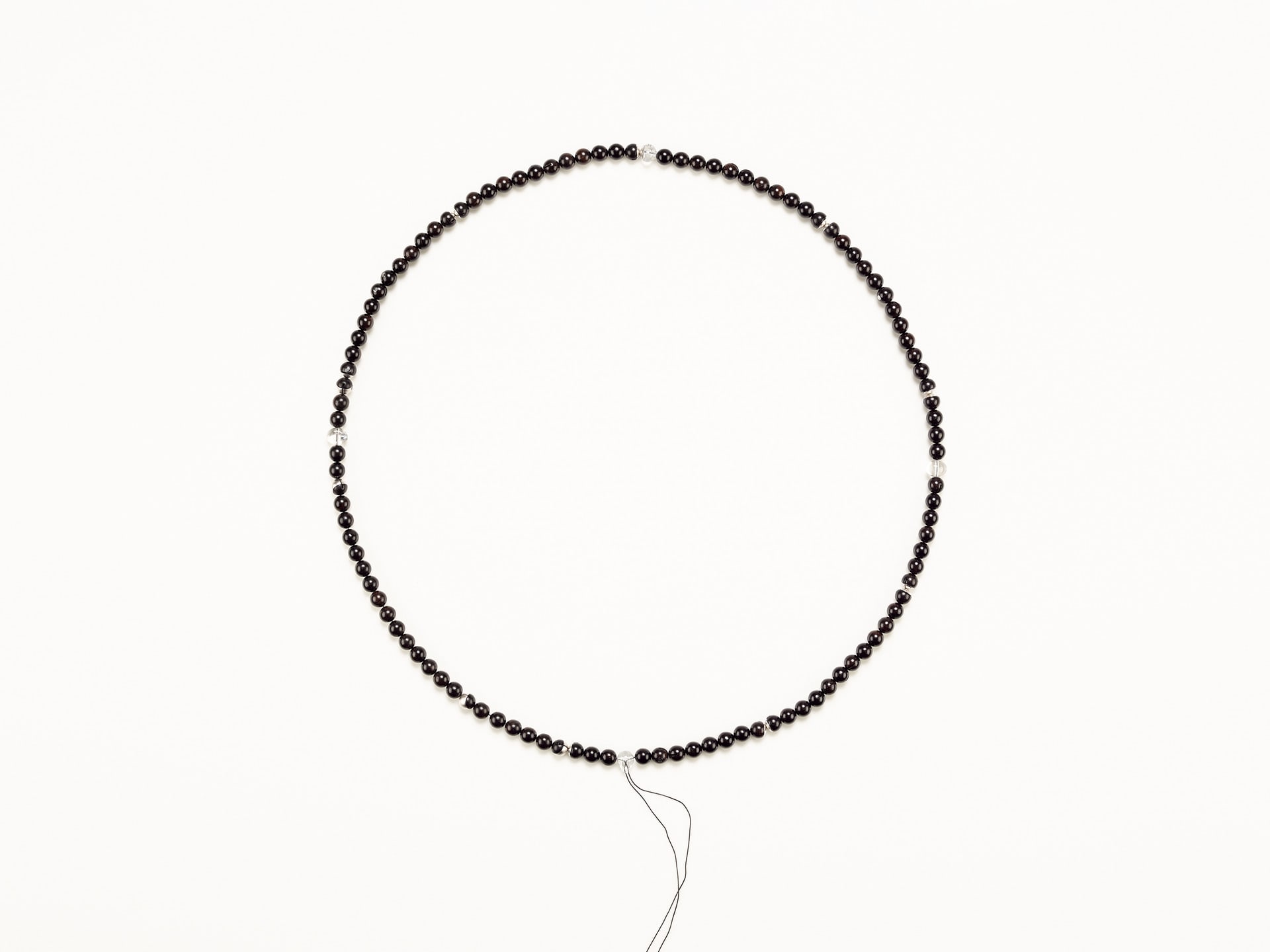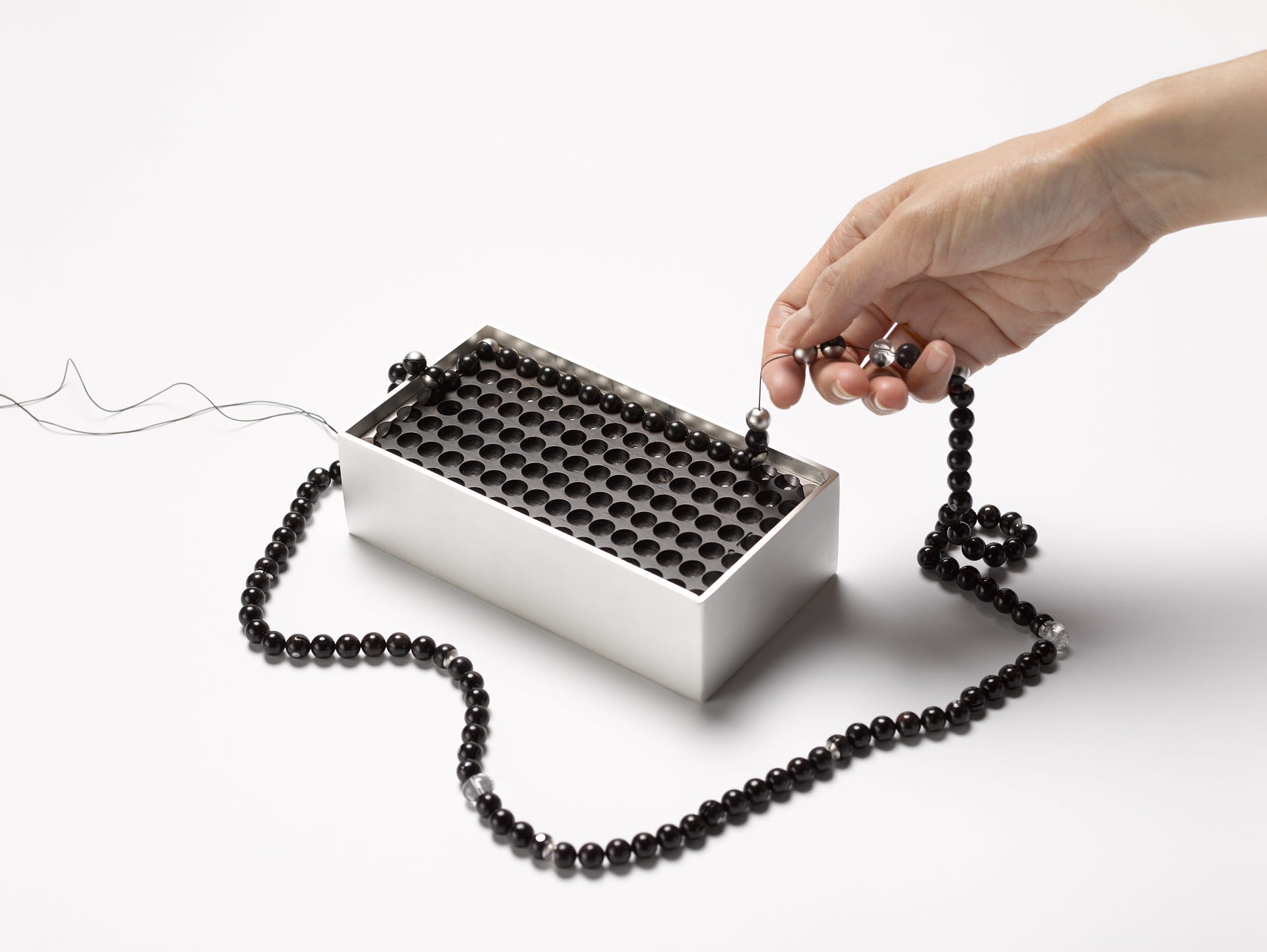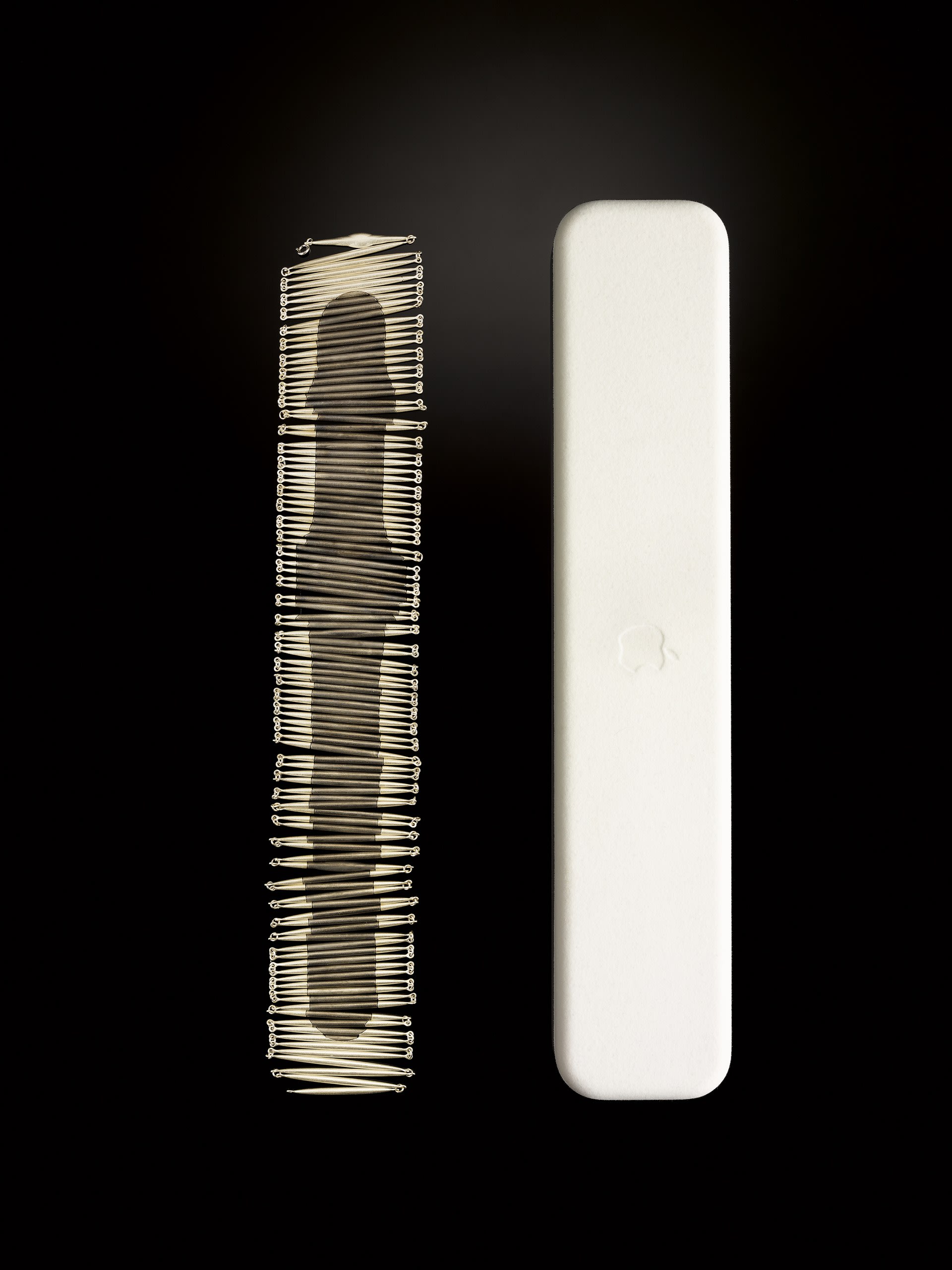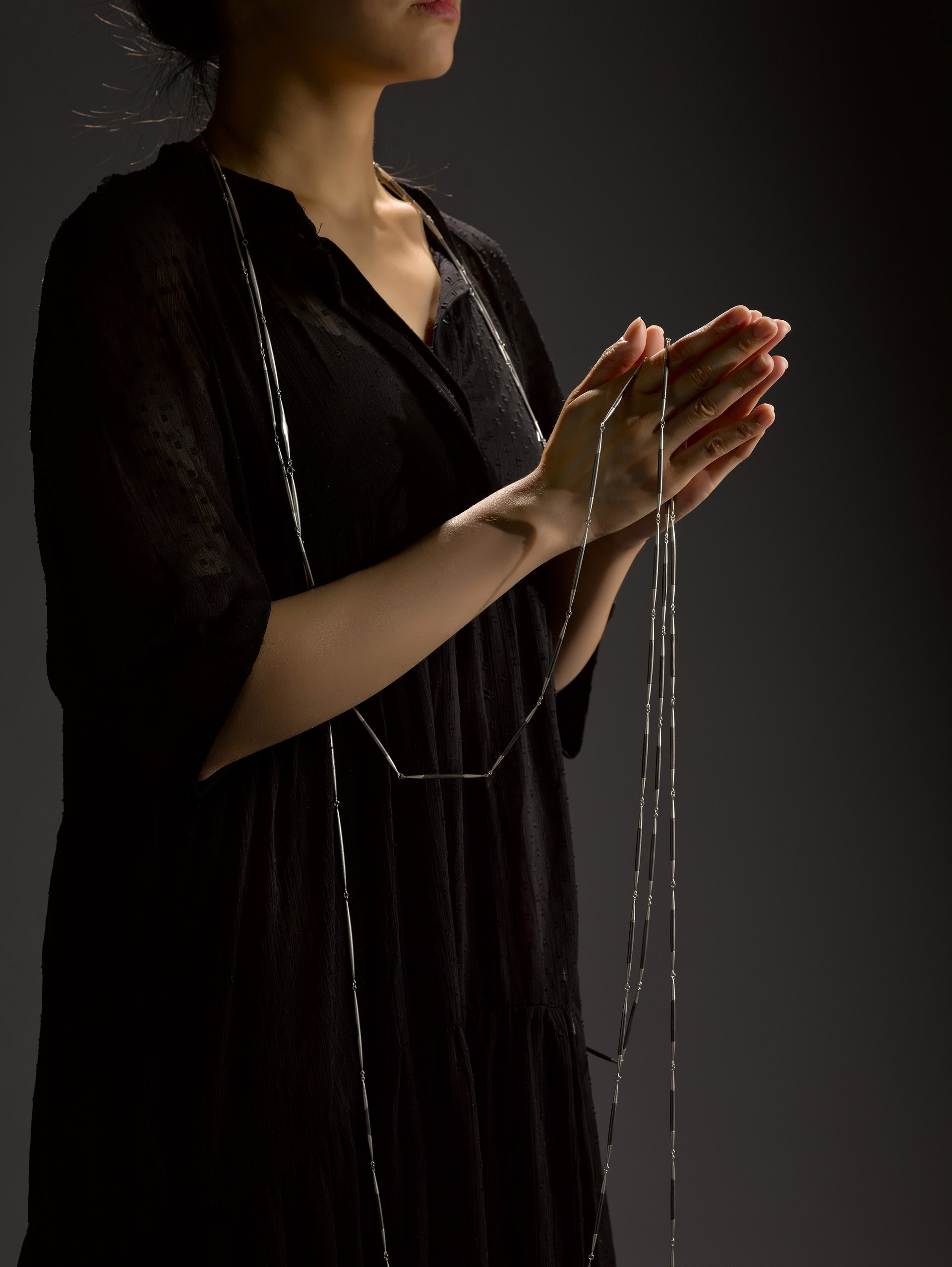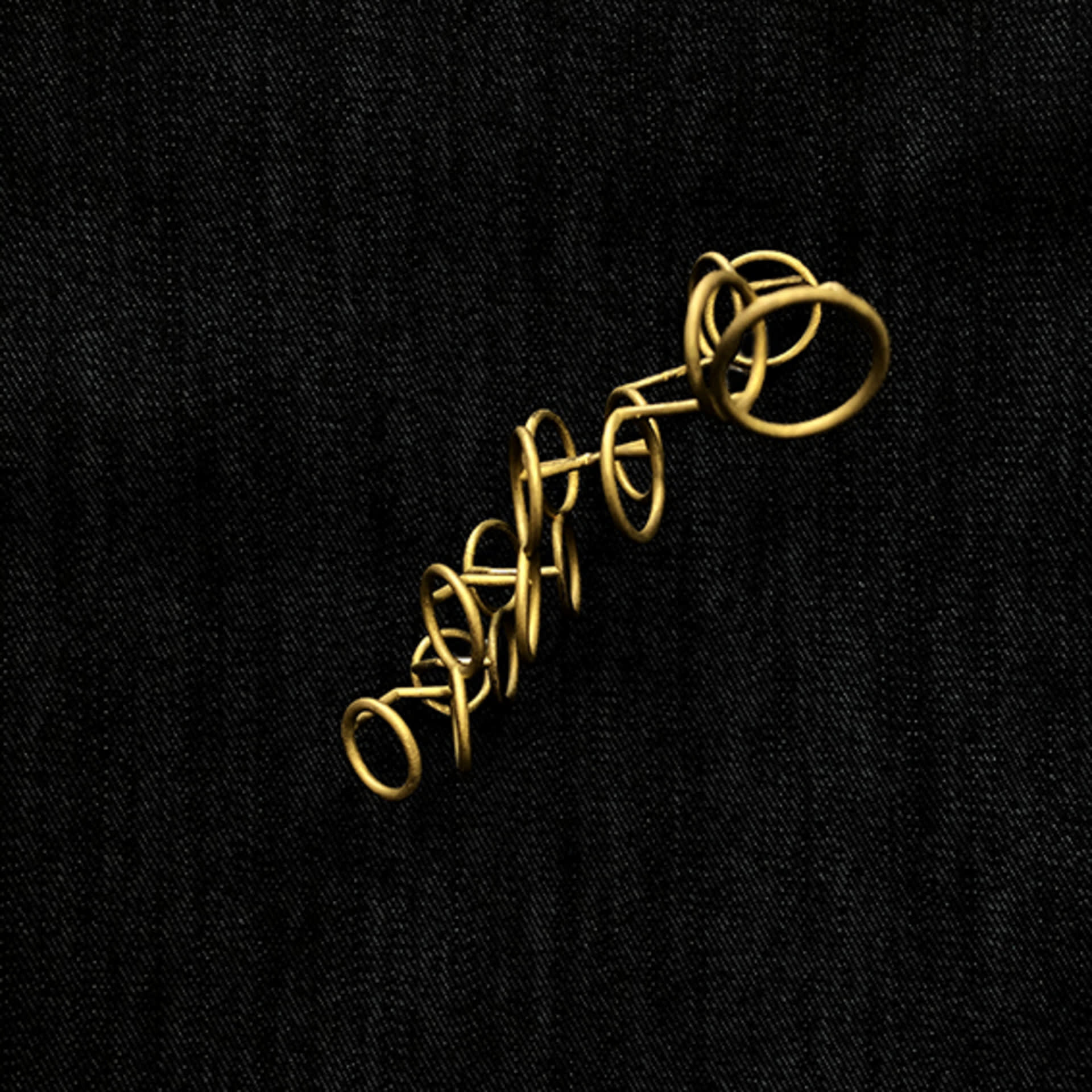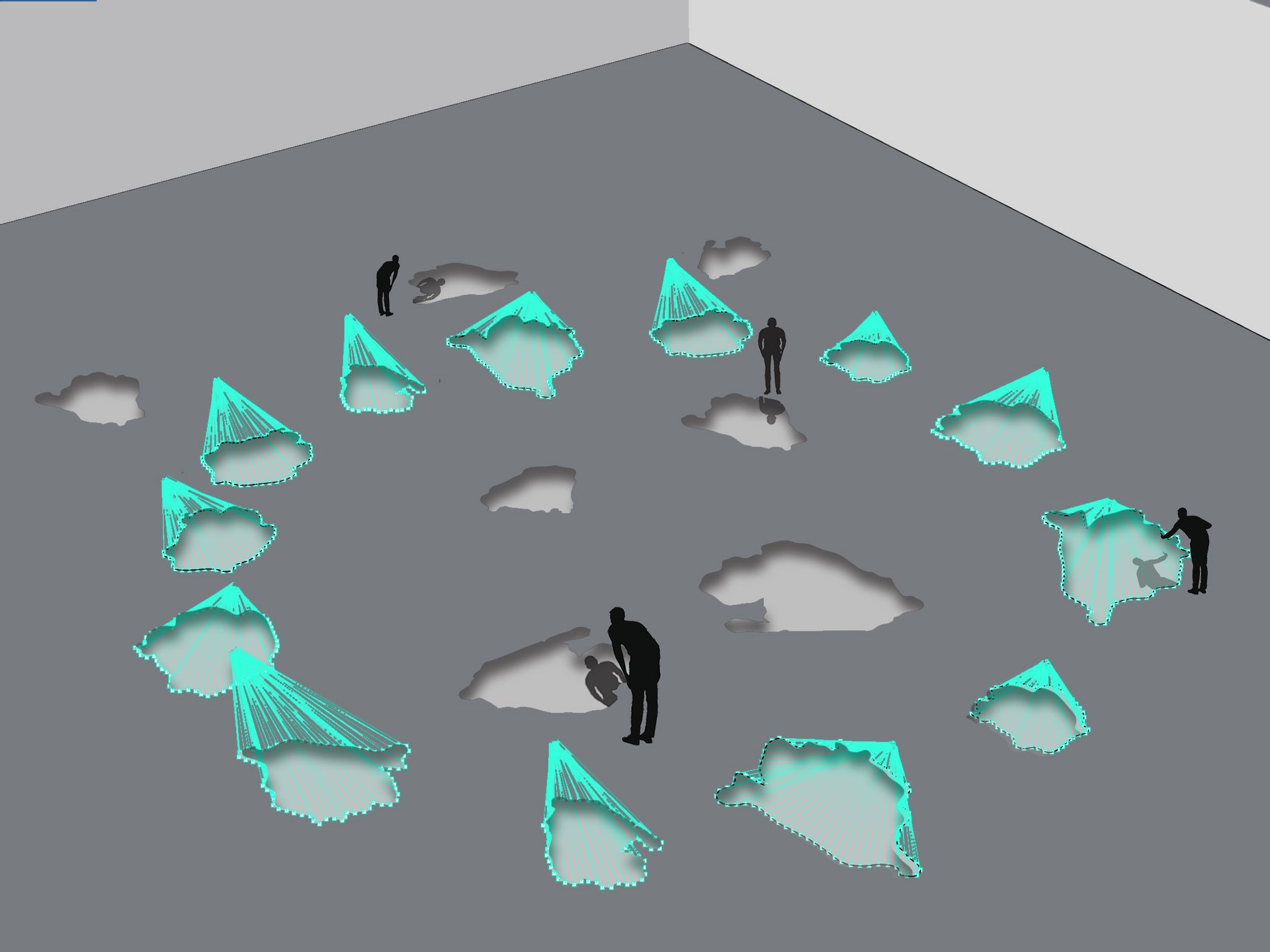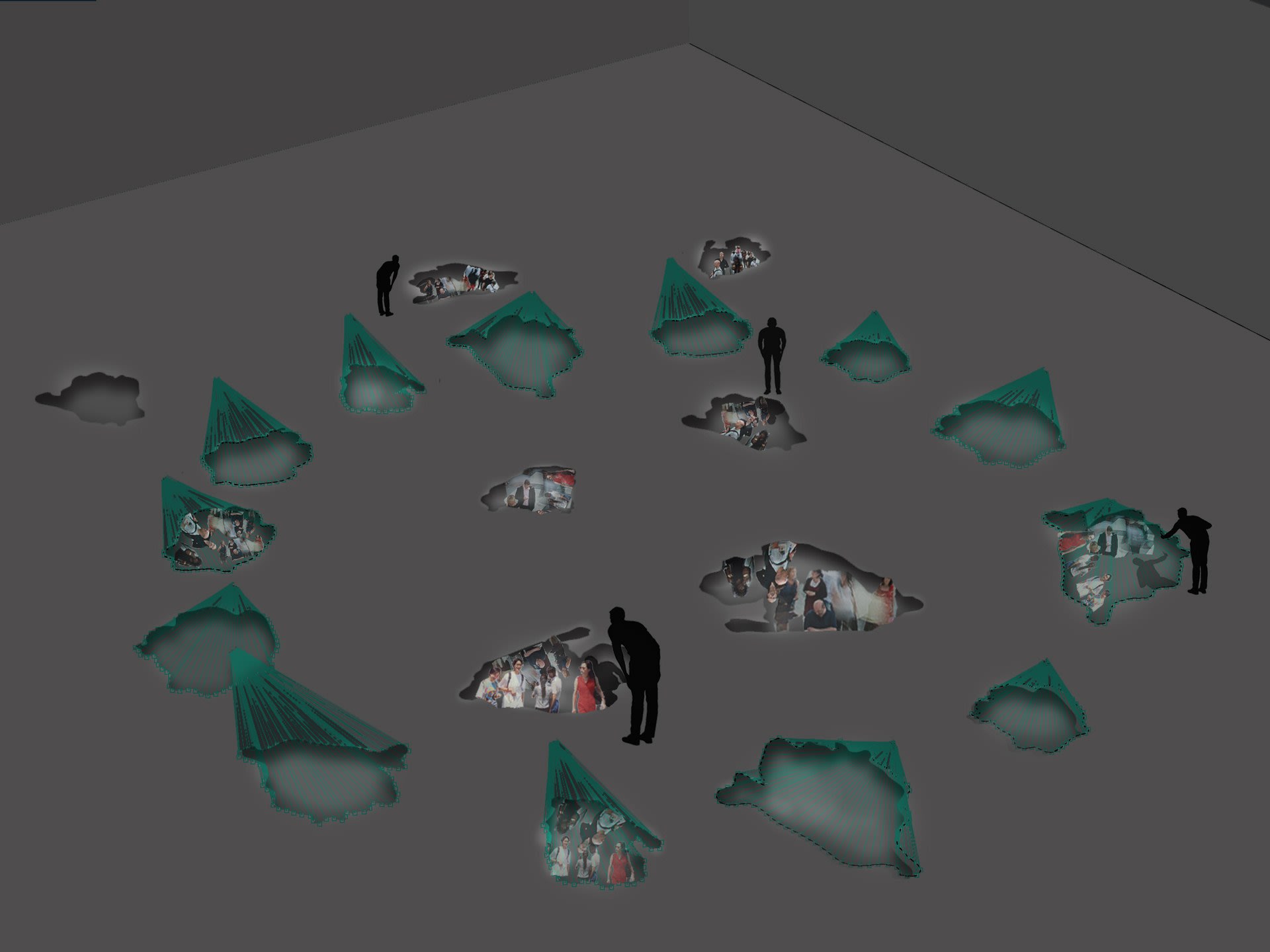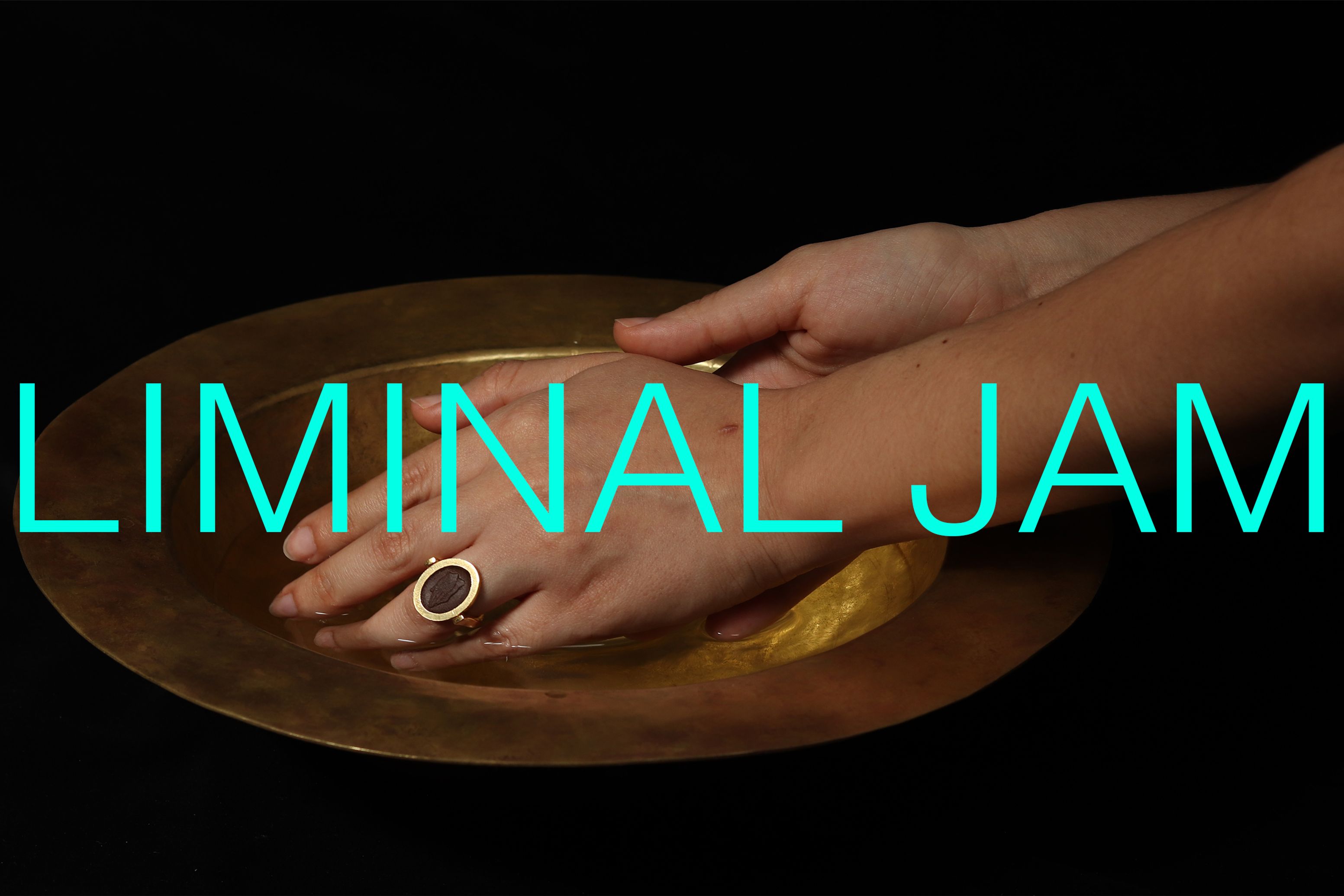Artist Biography
Xiahan Dai obtained her BLA (Bachelor of Landscape Architecture) from the University of Illinois at Urbana-Champaign and worked for both Turenscape (a landscape architecture firm) and Linxus Studio (a jewellery design studio). She is now a Jewellery and Metal MA student at the Royal College of Art. With a background in both Landscape Architecture and Jewellery, Xiahan is interested in creating interactive body installations and spatial installations. Xiahan believes that jewellery pieces are like sculptures, and that the human body is a landscape. Xiahan was awarded a Distinction in her MA dissertation. Her academic research deals with philosophy, psychology and current social issues, which serves as foundation for her conceptual designs.
Exhibitions
‘Integration: Ancient & Modern’- China International Contemporary Metal Art Exhibition, Shanghai.
‘Beautiful?!’- Contemporary Jewellery & Object Exhibition, Beijing.
‘Metal Narrative”- International Metal Art Exhibition, Beijing Design Week, Beijing.





